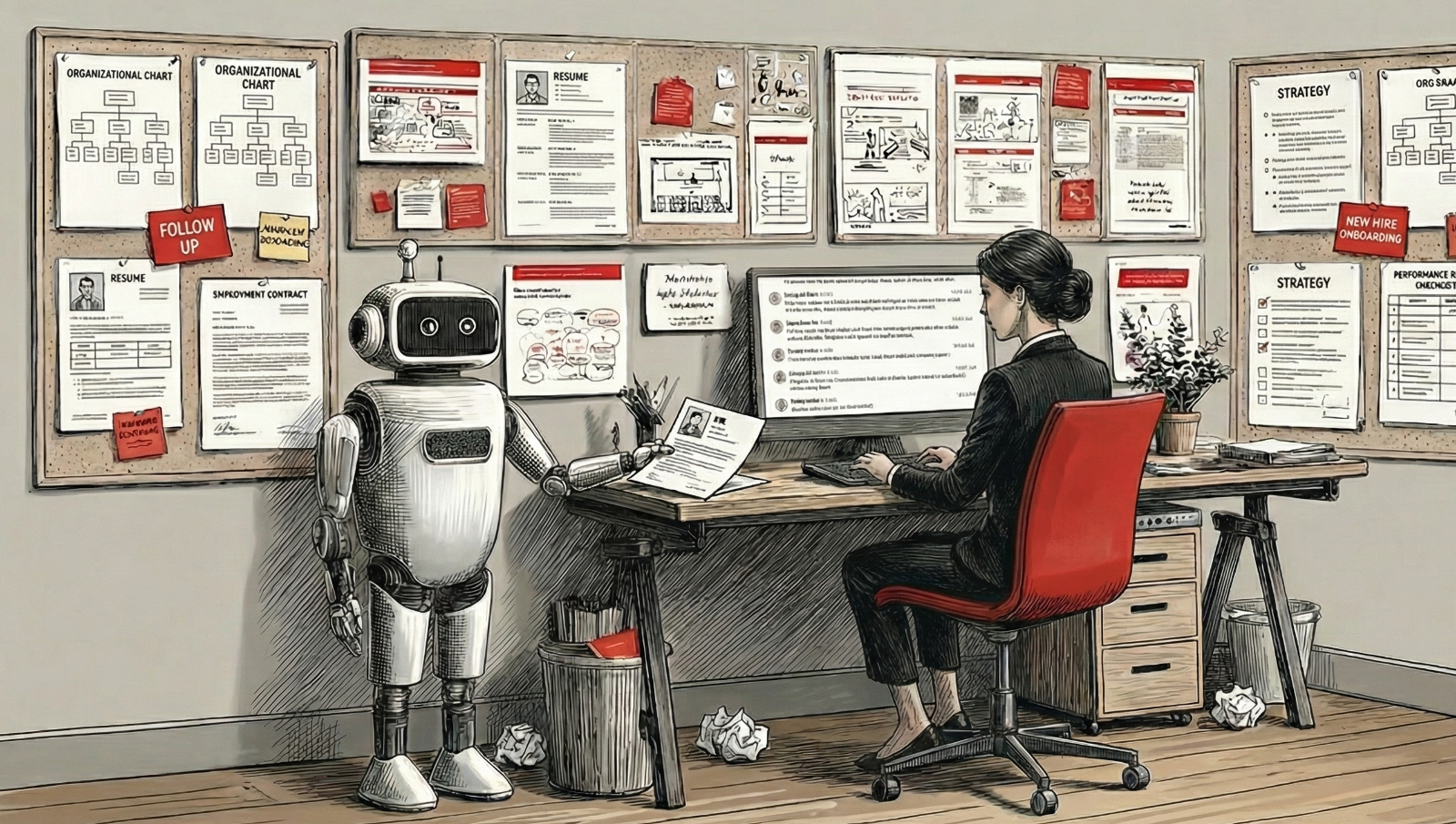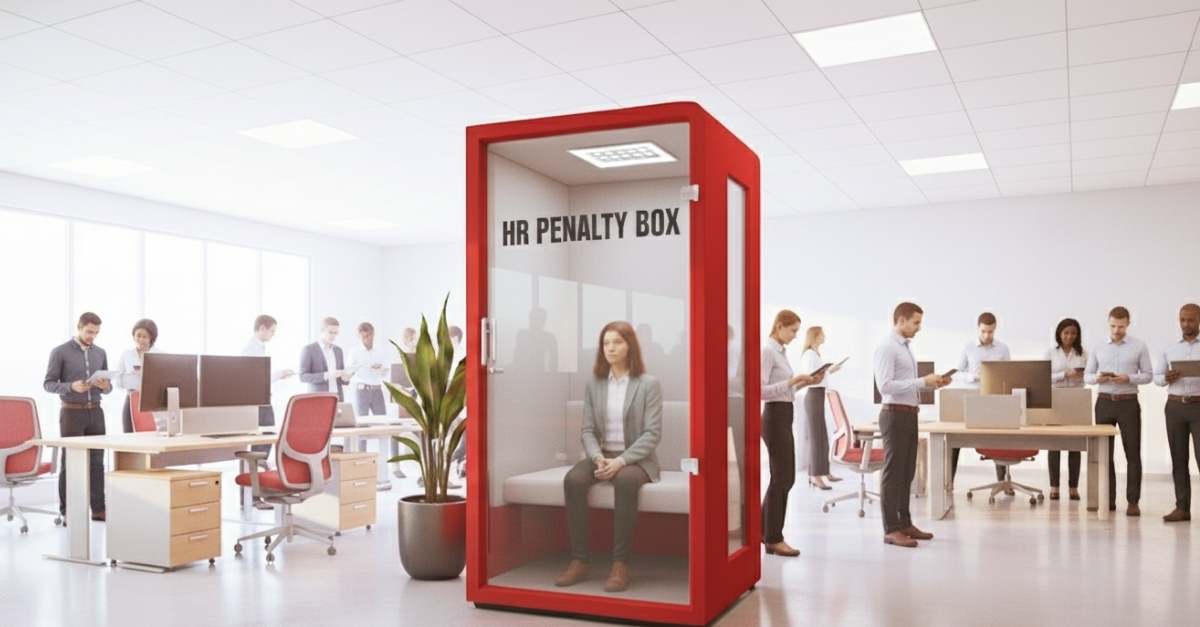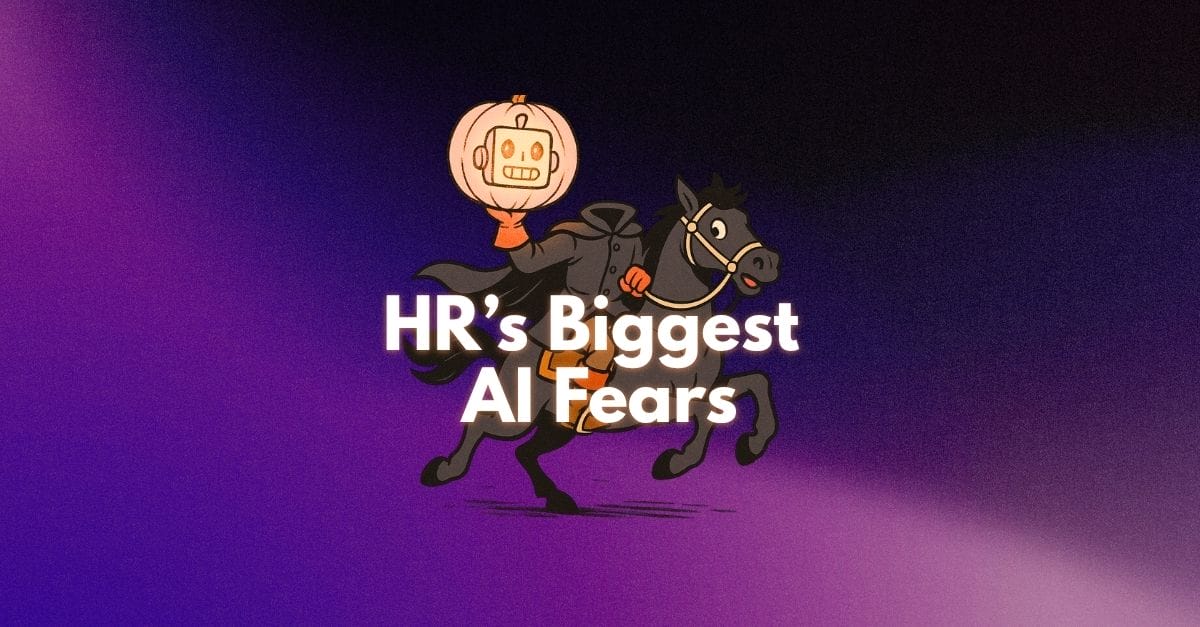In the day-to-day grind of the job, it’s easy to get caught up in deadlines, deliverables, and daily drudgery. But fortunately, there’s a simple, scientifically backed practice that can transform your workplace culture, boost productivity, and reengage your workforce.
It’s called gratitude—a powerful tool and potential game-changer for team dynamics and organizational success.
Gratitude isn’t just about saying “thank you” once in a blue moon. It’s about creating an intentional culture where appreciation is woven into the fabric of how teams operate.
When employees feel genuinely valued and recognized for their contributions, they become more engaged, more collaborative, and more likely to go the extra mile. It’s the kind of transformation that every leader dreams of, and it starts with something as simple as acknowledging the good work happening around you.
The science behind workplace gratitude
Gratitude isn’t just a feel-good concept—gratitude is a performance enhancer. Two compelling facts show this connection.
First, writing down the things we’re grateful for leads to increased happiness, creating a positive feedback loop that benefits both teams and individuals.
Second, companies with happier employees tend to be more productive, establishing a direct link between workplace satisfaction and positive business outcomes.
But the benefits extend far beyond just happiness. Studies show that gratitude practices improve overall wellbeing, reduce workplace stress, and build resilience among team members. When people feel appreciated, their stress levels decrease, enabling them to think more clearly and perform at their best.
This isn’t only anecdotal—neuroscience research reveals that gratitude activates the brain’s reward system, releasing dopamine and other feel-good chemicals that enhance cognitive function and emotional regulation.
The productivity gains are equally impressive.
Workplaces with strong gratitude cultures tend to experience higher levels of job satisfaction, improved problem-solving capabilities, and increased innovation. When people feel valued, they’re more likely to contribute creative ideas, take on challenging projects, and collaborate effectively with their colleagues.
It’s a great reminder that the soft skills of leadership, such as expressing appreciation, can have a massive impact on business results.

What’s the real cost of losing a manager?
Try our free turnover calculator to uncover how much poor leadership is costing your business – before it’s too late.
Benefits of cultivating gratitude in the workplace
There are many benefits to building a culture of gratitude – in fact, too many to list in one post. But key payoffs include the following:
Enhanced employee engagement
When employees feel appreciated, they become emotionally invested in their work and the organization’s overall success. It’s another one of the things to be thankful for at work.
Engaged employees don’t just show up with a bored “I just work here” expression on their face—they bring energy, enthusiasm, creativity, and commitment to their roles. These are the team members who volunteer for challenging projects, offer innovative solutions, and go above and beyond what’s expected.
This level of employee engagement is the good kind of contagious, spreading throughout teams and departments faster than lightspeed.
Employees who feel regularly appreciated are far more likely to stay motivated during difficult times and maintain high performance standards. They develop a sense of ownership over their work that translates into better quality outcomes and a deeper commitment to organizational goals.
Improved team collaboration
Gratitude creates a positive team environment where people genuinely enjoy working together. When team members regularly acknowledge each other’s contributions, it builds trust and psychological safety—the foundation of effective collaboration. People become more willing to share ideas, ask for help, and support their colleagues through challenges.
And this collaborative spirit extends beyond the immediate boundaries of the team. In gratitude-rich environments, departments work together more effectively, silos break down, and cross-functional projects run smoothly.
The ripple effects of thankfulness in the workplace cultivate a culture of “all for one and one for all,” where every member of the team is invested in each other’s collective success, rather than just their own.
Increased retention rates
One of the most compelling arguments for gratitude in the workplace is its massive impact on retention.
Regular recognition and appreciation can significantly reduce turnover, saving organizations the substantial costs associated with recruiting, hiring, and training new employees. When people feel valued, they’re far more likely to see a future with their current employer.
This retention benefit is particularly important considering our highly competitive job market. While compensation and benefits certainly matter, Millennial and Gen-Z employees increasingly prioritize workplaces where they feel genuinely appreciated and recognized for their contributions.
Gratitude becomes a powerful differentiator, helping organizations attract and retain top talent.

Practical ways to express gratitude at work
Creating a culture of gratitude requires intentional action and consistent follow-through. Several key practices emerge that consistently foster appreciation and deeper connection:
Verbal acknowledgment
The simplest yet most powerful form of gratitude is genuine verbal recognition.
Encourage saying “thank you” regularly, but make it specific and meaningful. Instead of a generic “thanks for your help,” try “thanks for staying late to help me finalize that presentation—your insights on the market analysis made it much stronger.” This specificity shows that you noticed the effort and value the team member’s specific contribution.
Make verbal acknowledgment timely and public when appropriate. Recognizing someone’s contribution in front of their peers amplifies the impact and reinforces the behaviors you want to see more of throughout the organization.
However, before taking your recognition public, consider what you know about the individual based on their PI Reference Profile. Are they someone who would appreciate being singled out in front of a crowd? If it would make them uncomfortable, consider a private message instead.
Written notes
In an age where so much of our communication is digital, handwritten notes carry special weight.
Consider personalized thank-you notes that employees can physically hold on to. These don’t need to be super long—a few sentences acknowledging specific contributions and their impact can be incredibly meaningful. Digital messages work too, but there’s something uniquely powerful about taking the time to write something by hand.
Consider creating a system that allows team members to easily send appreciation notes to one another, whether through a dedicated platform or simple note cards available in common areas.
Public recognition
Highlighting achievements in team meetings, company newsletters, or internal communication channels shows appreciation to a broader audience. This not only makes the recognized individual feel valued but also demonstrates to others what kinds of contributions are appreciated and celebrated.
Create regular opportunities for public recognition, such as starting meetings with appreciation moments or dedicating a section in company communications to highlighting great work and teamwork.
However, once again, consider what you know about the behavioral tendencies and communication preferences of the person you want to acknowledge and celebrate. While loud, public recognition is great for some, it can make others extremely embarrassed and uncomfortable. Their fear of being singled out could even deter them from ever going the extra mile again—precisely the opposite attitude the gratitude is meant to inspire.
Small gestures
Sometimes the most meaningful appreciation comes through simple acts of kindness (like pizza day!)
Bringing in treats for the team, organizing team lunches, or creating small moments of connection can resonate massively. These gestures demonstrate that you’re considering your colleagues’ wellbeing and happiness beyond just deliverables.
The key is consistency and authenticity. Small, regular gestures often have more impact than grand, occasional ones because they create an ongoing sense of care and appreciation.
Integrating gratitude into organizational culture
Building a gratitude-rich company culture requires more than a few one-off “thank yous” or “good jobs” from managers—it needs systematic integration into the organization’s daily operations.
Advocate for leadership to model gratitude.
This transformation starts at the top. Leaders must model gratitude in their daily interactions and decision-making processes.
Leaders should regularly express appreciation—not just for results but for effort, growth, and the process of working together. When executives and managers consistently demonstrate gratitude, it creates permission and expectation for everyone to do the same.
This modeling effect is powerful because it shows that gratitude isn’t just a nice-to-have—it’s a core value of your organization.
Implement structured recognition programs.
Implementing structured recognition programs provides a framework for consistent appreciation and recognition. These may include peer-to-peer recognition systems, monthly appreciation awards, or regular team rituals that celebrate everyone’s unique contributions.
The key is to make recognition systematic rather than sporadic, ensuring that appreciation becomes a regular, reliable part of your workplace.
Encourage peer-to-peer appreciation initiatives.
Peer-to-peer appreciation initiatives and 360-degree feedback are particularly effective because they democratize recognition. When team members can easily acknowledge each other’s contributions, it creates a culture where everyone is both a giver and a receiver of appreciation. This builds stronger relationships and fosters a more supportive work environment.
Gratitude and The Predictive Index
Understanding how to express gratitude effectively becomes even more powerful when combined with behavioral insights. The Predictive Index’s assessments help identify team members’ motivational drivers and preferred communication styles, enabling leaders to tailor their expressions of gratitude to individual behavioral profiles.
For example, someone with high dominance might appreciate recognition that acknowledges their leadership and results, while someone with high patience might value appreciation for their consistent support and reliability. A person with high extraversion might enjoy public recognition, while someone with high introversion might prefer private, written acknowledgment.
This personalized approach to gratitude ensures that appreciation lands effectively with each individual. It’s not just about saying “thank you”—it’s about saying “thank you” in a way that genuinely resonates with the person receiving the recognition.
When organizations combine systematic gratitude practices with behavioral insights, they create a powerful combination that drives engagement, performance, and overall satisfaction. Team members feel not only appreciated but also truly understood and valued for their unique contributions to the organization’s success.
The path to building a gratitude-rich workplace isn’t complicated, but it does require commitment and consistency. By understanding the science behind gratitude, implementing practical recognition strategies, and tailoring appreciation to each individual’s preferences, organizations can create environments where people thrive, teams excel, and business results follow naturally.








